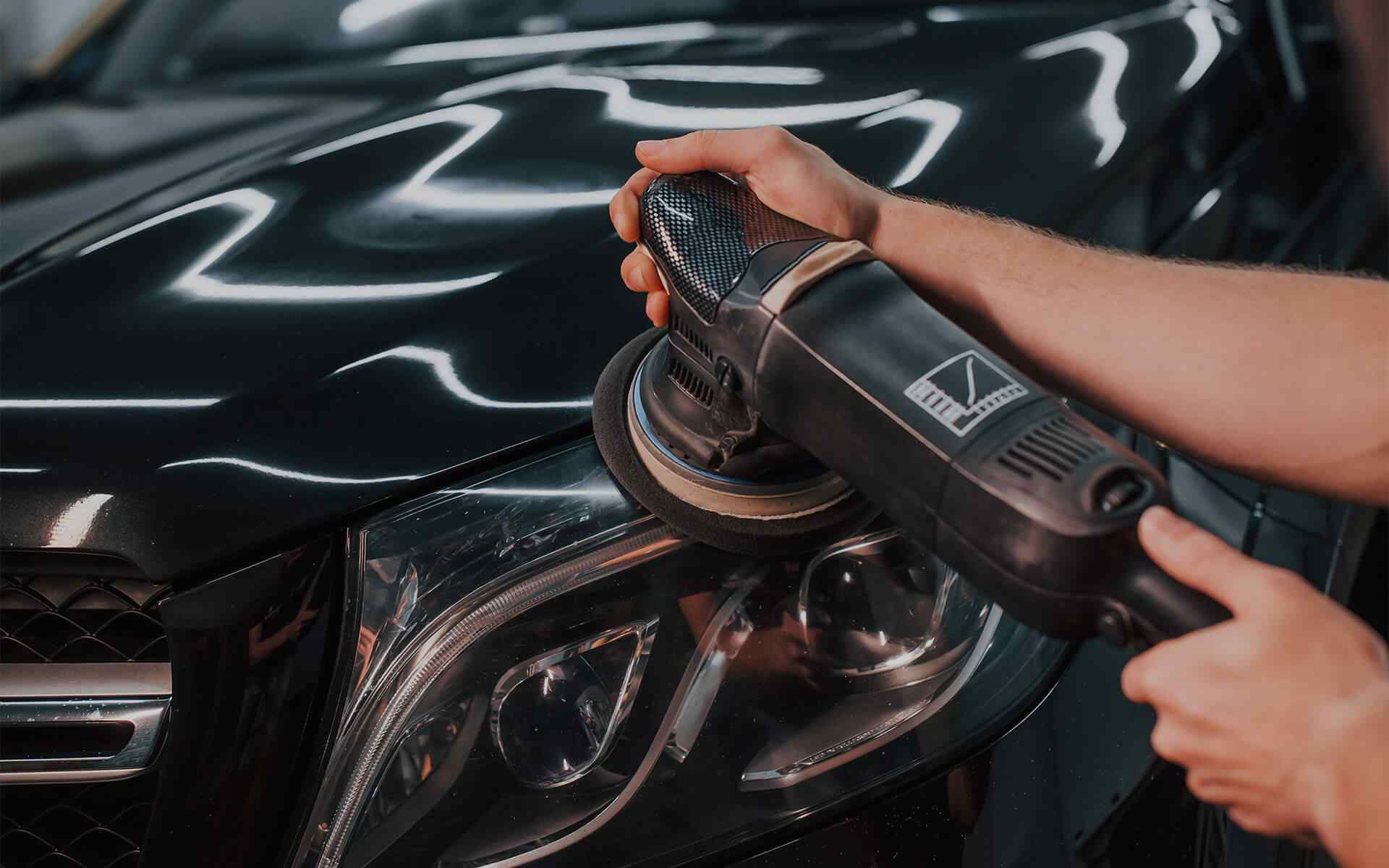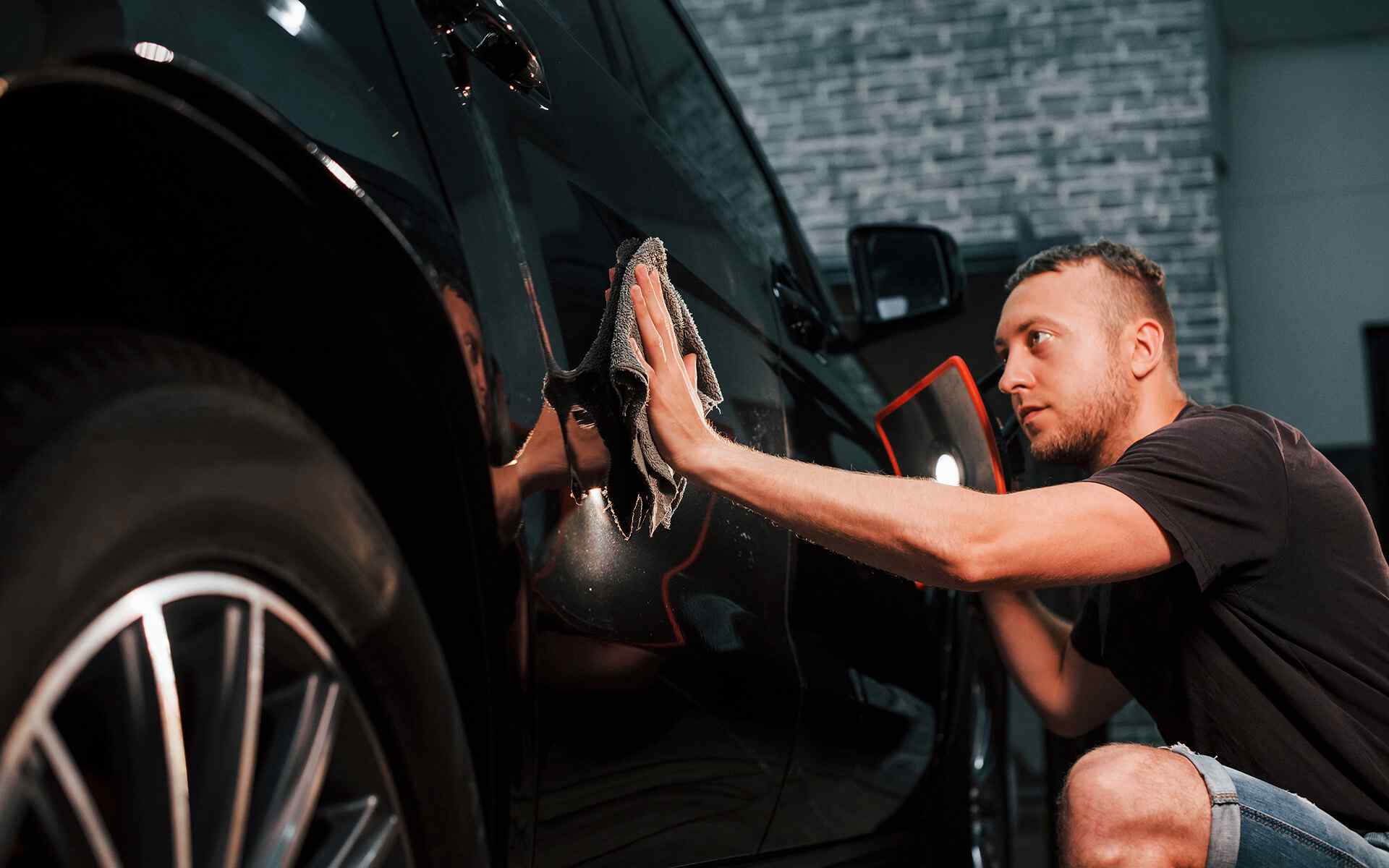Polishing pads are crucial in the detailing process, significantly affecting the outcome of your polishing work. Understanding the types and uses of different polishing pads is key to achieving the desired finish on your vehicle’s paint.
- Types of Polishing Pads: There are mainly three types: foam, microfiber, and wool. Foam pads are the most common, available in various levels of firmness to suit different stages of polishing. Microfiber pads are great for removing moderate to severe paint defects, while wool pads are typically used for heavy-duty compounding.
- Choosing the Right Pad: The selection depends on the condition of your paint and the level of correction needed. Softer foam pads are generally used for finishing and applying waxes or sealants. Firmer foam, microfiber, or wool pads are used for removing deeper scratches and swirls.
- Pad Sizes: Pads come in various sizes. Larger pads cover more area but may not be as effective on intricate or curved surfaces. Smaller pads offer more precision and control.
- Care and Maintenance: Proper care extends the life of your polishing pads. Clean them after each use, ensuring all polish residue is removed. You can rinse foam pads with water and a mild detergent, whereas microfiber and wool pads might require specific cleaning solutions.
- Speed Settings: Different pads work best at different speeds. Generally, heavier cutting pads are used at lower speeds, while finishing pads can be used at higher speeds. Always refer to the manufacturer’s recommendations.
- Test Before Use: Especially if you’re new to polishing, test the pad on a small, inconspicuous area first to ensure it doesn’t damage the paint.
Polishing pads are an integral part of the paint correction process, and choosing the right pad can make a significant difference in your car’s appearance. Understanding their different types and proper usage is essential for any car detailing enthusiast looking to achieve professional results.



